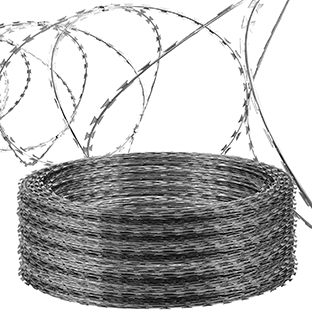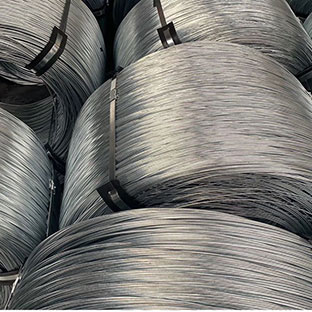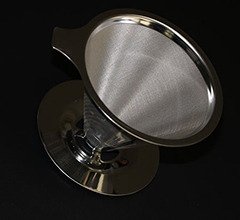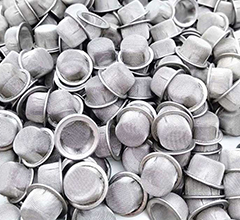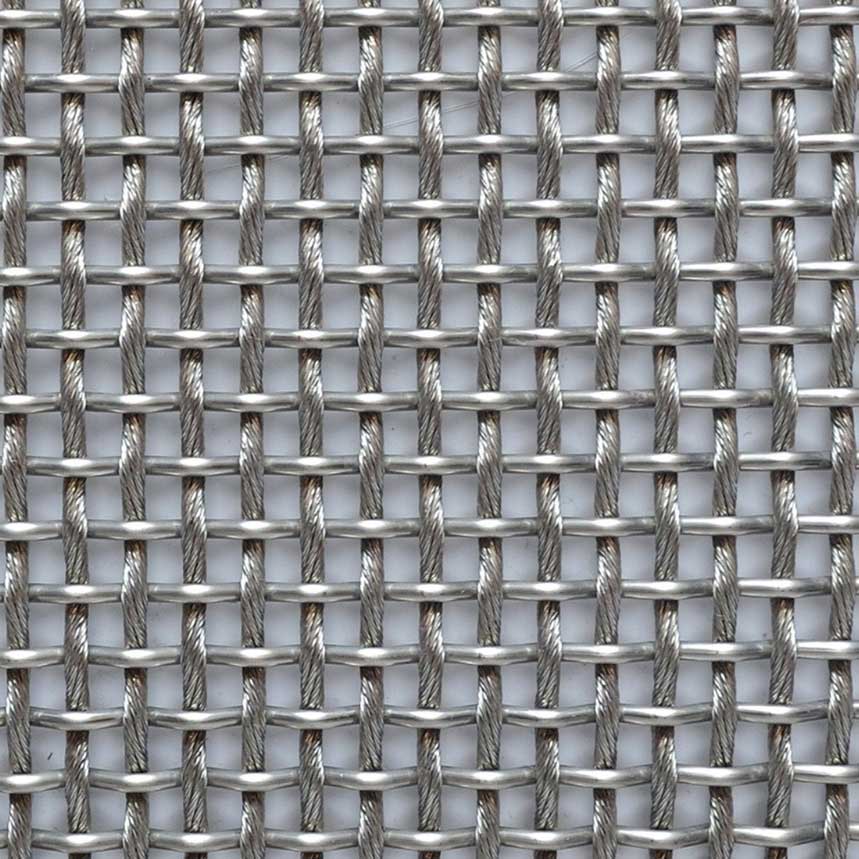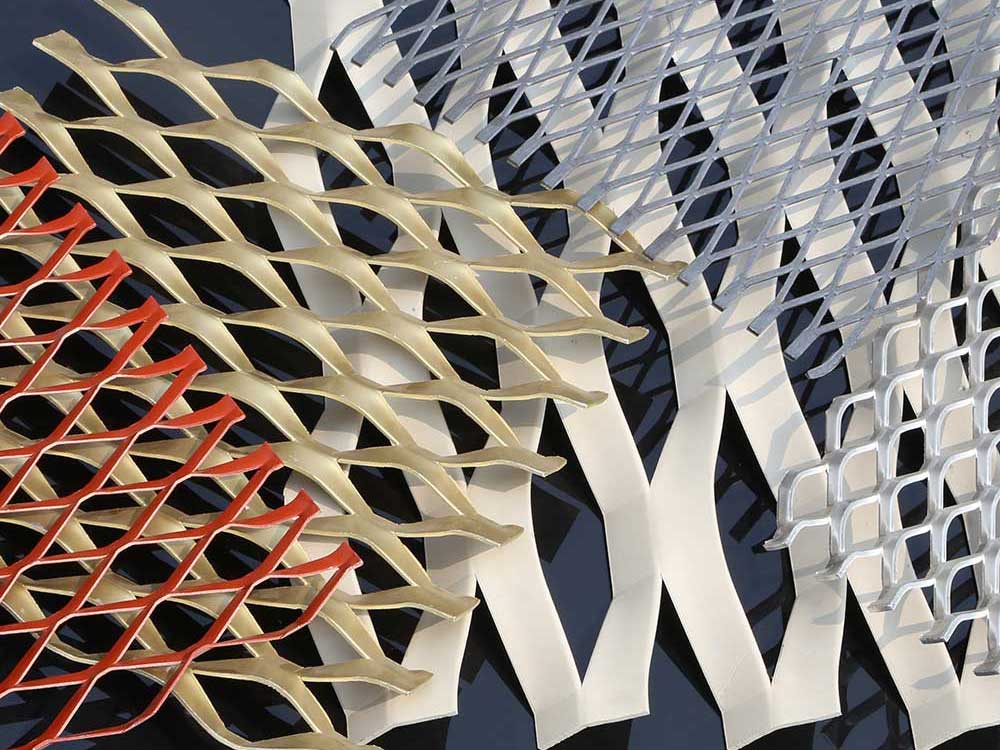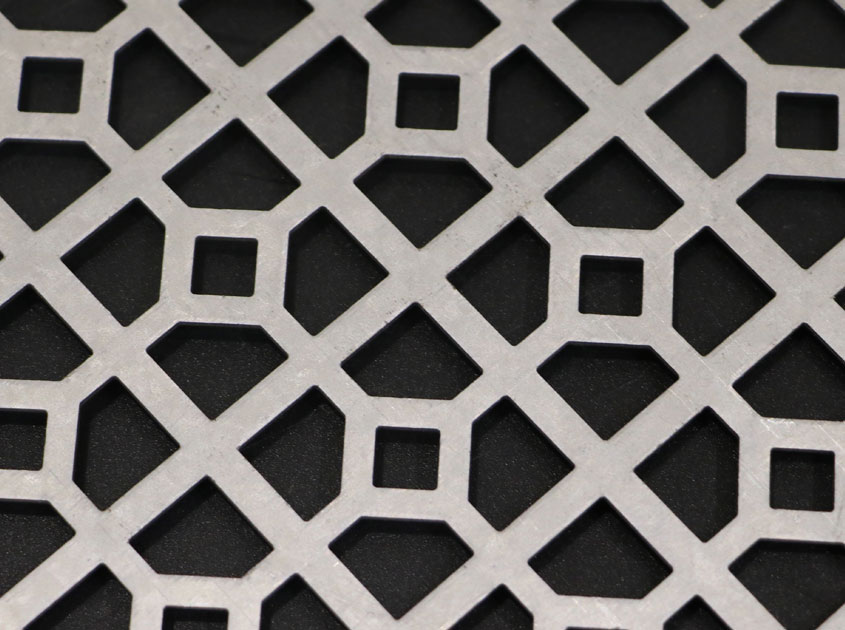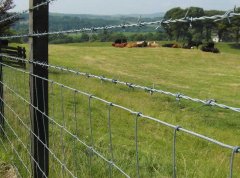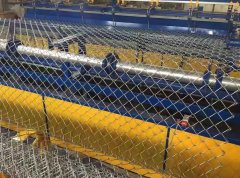Perforated metal seems to be the industry standard for architectural applications such as building facades, fences and partitions. Because perforated metals are punched and cut, dies can be designed to cut patterned shapes into sheet metal for a variety of purposes, both decorative and functional. The shape of metal perforations can determine a material’s usefulness for blocking microwaves, sound waves or light; perforated metals are used in all these industries.
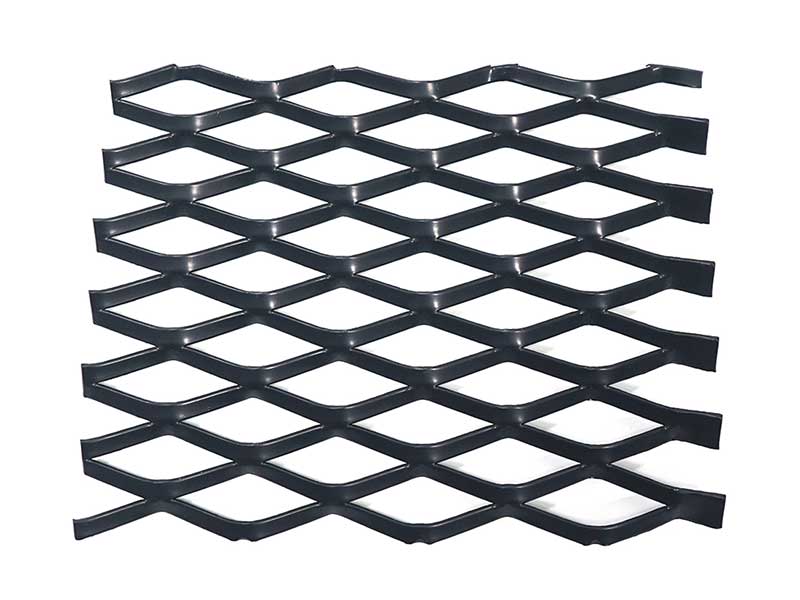
Expanded metal sheets, while capable of many of these applications (except soundproofing), excel in a different area entirely. The stair treads, walkways, catways and floor grating found so commonly in industrial facilities, construction sites and even many commercial buildings are made from industrial expanded metal. Expanded metals are capable of far greater structrual strength than perforated metals; unlike perforated metals, expanded metals are slit and stretched, creating a pattern of three dimensional structures, although expanded metal may also be rolled into a two dimensional sheet. This slitting and stretching process sets expanded metals apart from perforated metals in cost and fabrication time. Because expanded metals are slit and stretched, there is virtually no waste material, significantly lowering fabrication costs. It’s also a fairly quick process, making custom expanded metal stair tread orders fast and cost-effective.
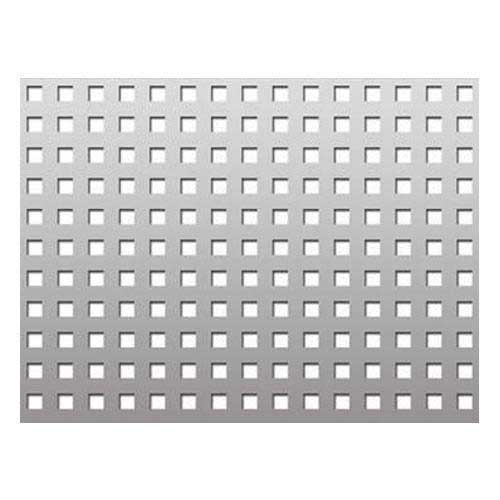


.jpg)




.png)






































